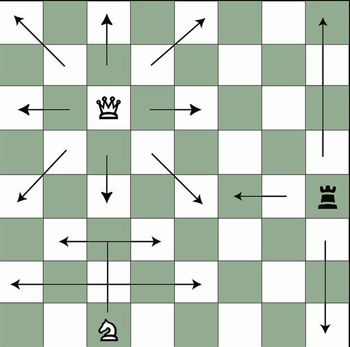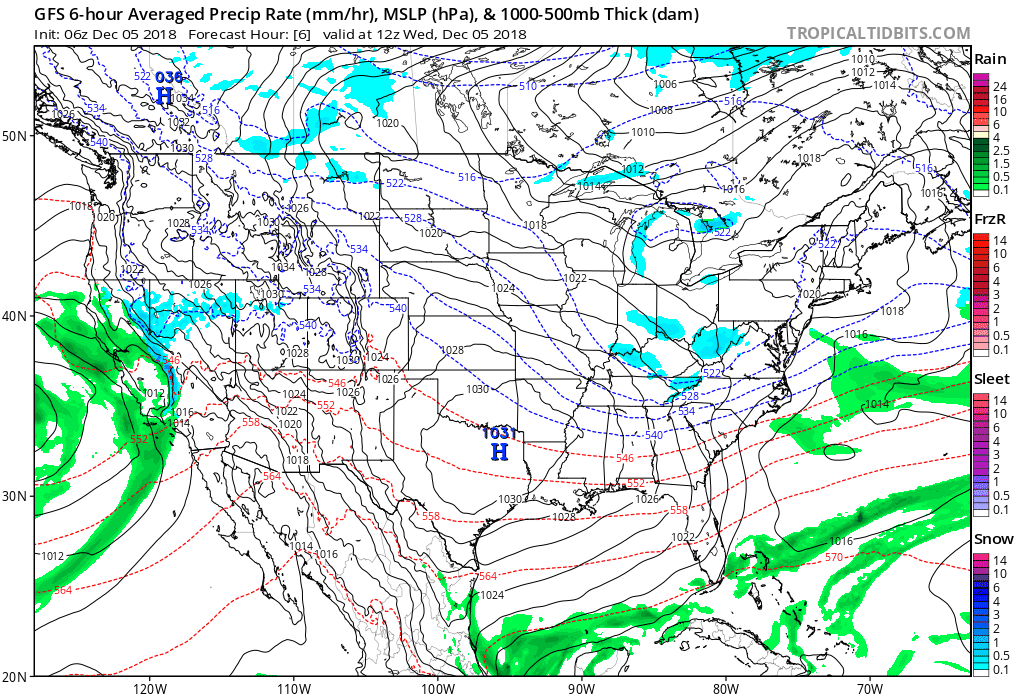Computer Simulations: Forecasting Gambit
Computers are chess masters. In this highly mathematical game, a geometric grid of squares partitions the board, and chess pieces move in a variety of linear directions (see the figure below). Computer-chess software must include rules and a variety of mathematically logical strategies, making the computer a formidable chess opponent.

Numerical weather prediction (NWP) is the name of the "game" of creating a weather forecast on a computer. In the geometric spirit of chess, the rules of NWP are very mathematical, derived from a set of complex equations that relate meteorological variables such as air pressure, temperature, air density, moisture, wind, and vertical motion. Meteorologists refer to a list of mathematical instructions that produces a virtual weather forecast as a computer model, or, more simply, a model.
The output produced by computer models routinely takes the form of weather charts. For example, the loop of model output shown below was based on a computer simulation that began at 06 UTC on December 5, 2018, and extended 60 hours into the future to 18 UTC on December 7, 2018. Each chart in the loop below is a computer forecast that's valid six hours into the future (the first chart is the 6-hour forecast from the time the simulation began, which was 06 UTC on December 5, 2018). So the "forecast charts" are valid at 12 UTC on December 5, 2016, 18 UTC on December 5, 2018, 00 UTC on December 6, 2018, ... 18 UTC on December 7, 2018. Each forecast chart displays predicted mean sea-level isobars (thin, black contours), 1000-500-mb thickness (dashed lines), and precipitation type and intensity. Output data from computer models allow meteorologists to generate all kinds of weather charts, and you'll learn more about them in this chapter. But we wanted to give you a sneak preview of what's to come.

In chess, a player sometimes sacrifices a pawn or other piece in order to gain advantage (such a move is called a gambit). In the game of numerical weather prediction, meteorologists sacrifice computational perfection to gain advantage in making an informed forecast, as you will soon discover.